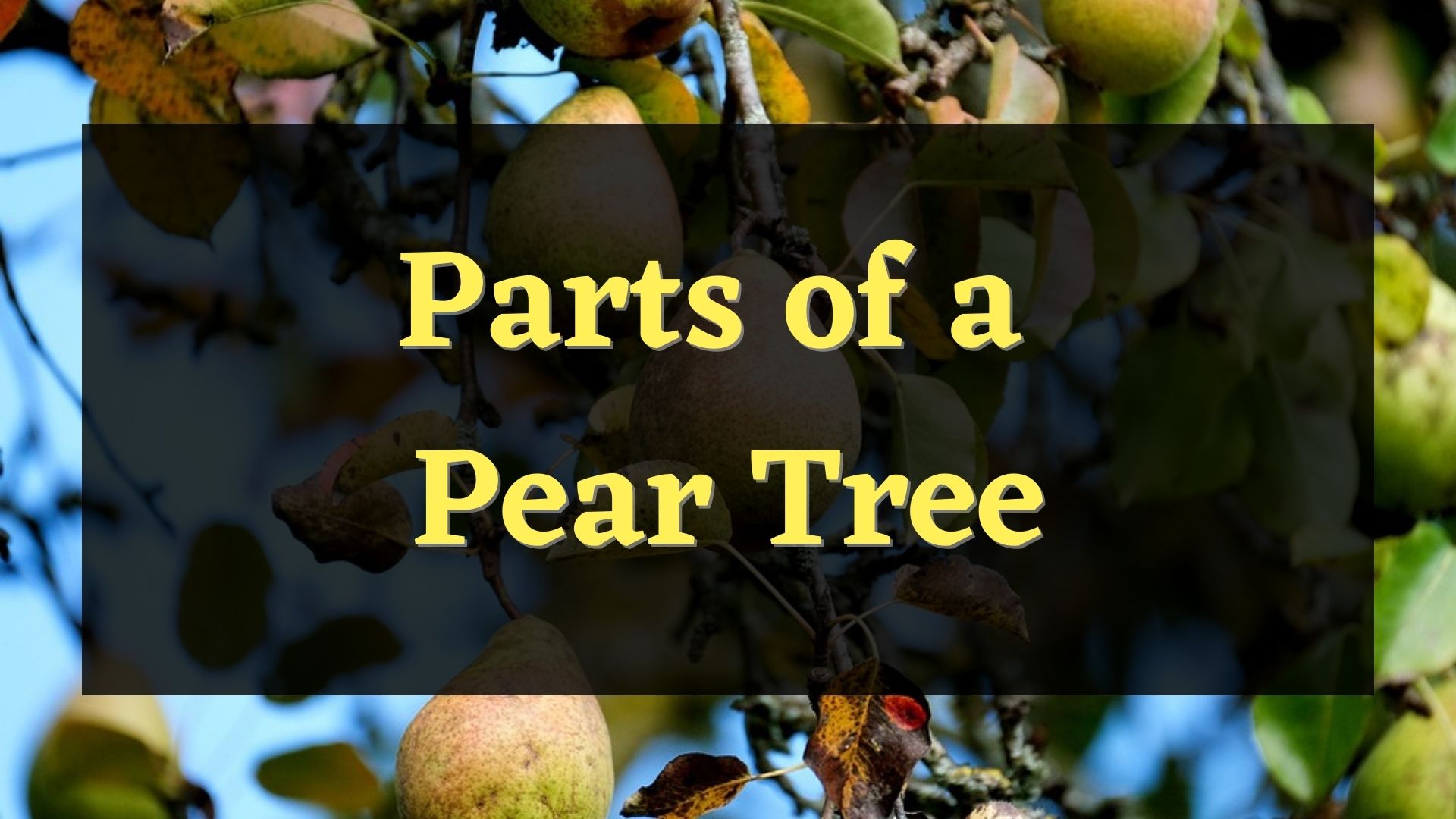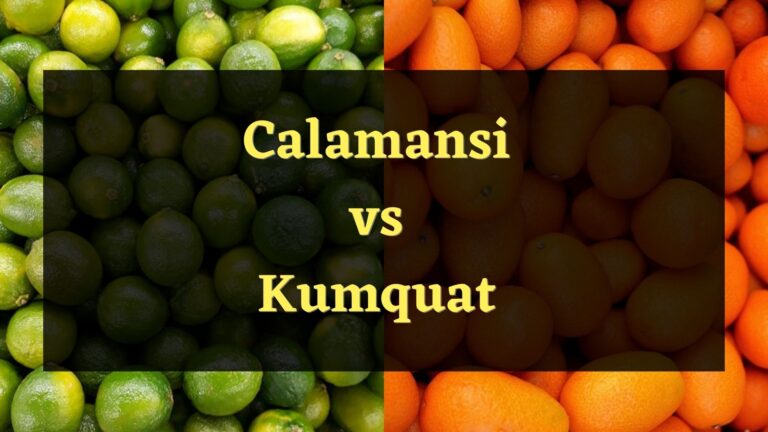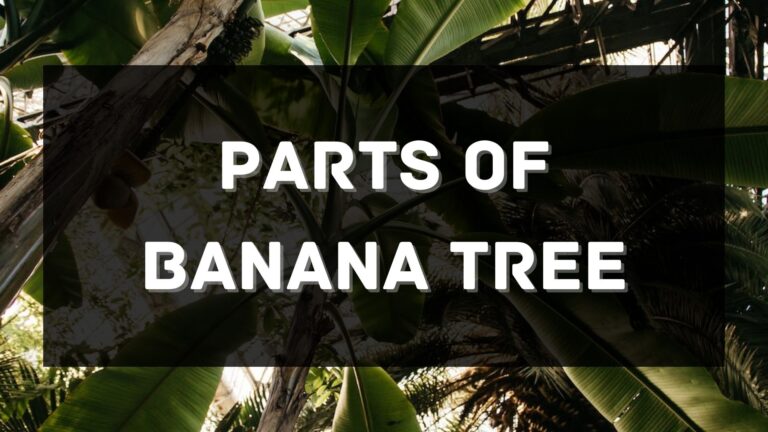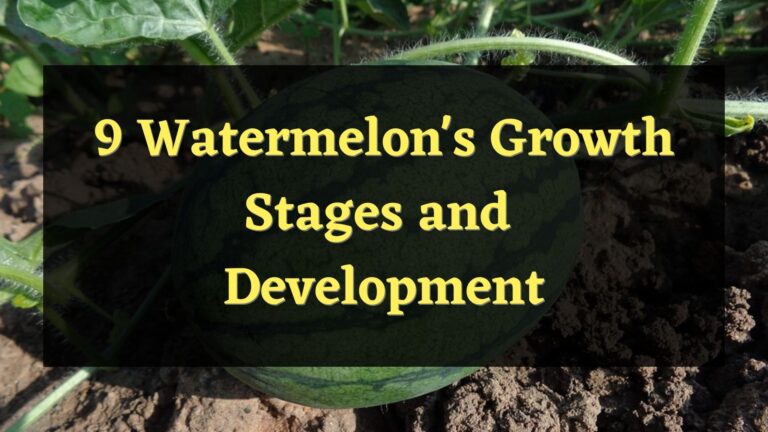In this blog post, I will write about the parts that make up a pear tree. I will enumerate each of the pear tree’s parts and add a little description that will make you understand the function and use of the specific part that is very vital for the pear tree’s development and survival. This article is made for you to have a general idea of what makes up a pear tree!
What are the parts of a pear tree?
Roots
The color of the root of a pear tree starts from white when the tree is still young, and eventually turns light brown as the tree grows older. Like most trees, the roots of a pear tree branch out beneath the soil and take up so much space. It is important that you plant a pear tree in an open area so that its roots can freely bury itself more underground as the growth of its roots also corresponds to the growth of the tree.
The root of the pear tree is the one responsible for absorbing water and minerals from the soil and sending them to all the body parts of the tree to be used for converting energy.
Trunk
The trunk of a pear tree is slimmer compared to other fruit-bearing trees like mango. Its trunk is comparable to guava and apple trees in diameter and length. Traditional pear trees only grow up to 15 to 20 feet. However, its dwarf counterparts only grow up to 8 to 12 feet tall, making their trunks slimmer and more slender than the traditional ones.
The trunk of a pear tree stores water that was absorbed by its roots and distributes them to other parts that are above the surface. It is also the part that holds the pear tree altogether. It acts as an anchor of the tree, supports the tree, and is the main reason why the tree is standing.
Branches
A pear tree’s branches are very thin in contrast to other trees. It is the parts of the pear tree that spreads out on top of the trunk. The branches of a pear tree are the one that holds the leaves, flowers, and fruits that it will bear. Like the trunk, it has a dark brown color but is very brittle.
Besides form holding the leaves, flowers, and fruits, the branches of the pear trees assist the trunk in distributing water and nutrients that were stored in the trunk. It acts as a tunnel or a passageway for the water and nutrients to reach the leaves, flowers, and fruits.
Leaves
The color of the leaves of a pear tree starts as a light green color when the tree is still young and eventually turns dark green as the tree matures. Its shape depends on the pear tree variety, some pear trees have rounder-shaped leaves and some pear tree leaves have pointed tips. Bountiful leaves indicate that the pear tree is healthy. When leaves are bountiful, it means the tree is very healthy and will produce more flowers that will eventually turn into fruits. The leaves of a pear tree are very beautiful to see when the pear tree is healthy.
The leaves of a pear tree are the ones responsible for making food for the tree. It absorbs the sunlight and mixes it with the water and minerals that the roots absorb and converts it to the energy that the pear tree uses for its development and growth.
Flower
The color of a pear tree’s flowers varies based on the kind of pear tree that was planted. The first one has pure white petals with pink and yellow anthers while the other one is a beautiful pink petal with reddish-pink anthers. The pear tree’s flower is very tiny in size and its edges are wavy with a very smooth and velvet texture.
The pear tree’s flowers bloom around the month of March two to four weeks before the apple bloom. These flowers will later turn into very beautiful and tasty pear fruit over the average span of 8 weeks.
Fruit
We plant a pear tree with the main goal of harvesting its fruit. Pear tree’s fruit bears after the tree itself mature. These fruits came from the pear tree’s flower and have an elongated shape that is narrow on the steam and bloated near the end. Most varieties of a pear tree’s young fruit have a deep green color and will eventually lighten to a yellowish color as the fruit ripens.
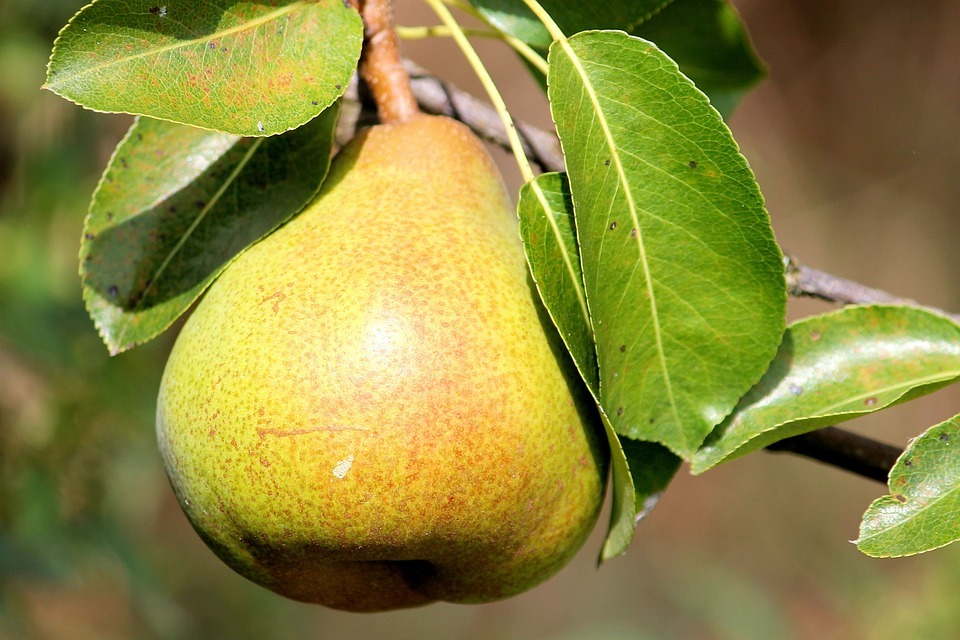
The fruit of the pear tree is also responsible for its reproduction because within the fruit are seeds that can be used for growing a new pear tree. You germinate the seeds and plant them when they start to sprout leaves. This is one of the two ways you grow a pear tree.
FAQs
What parts of a pear can you eat?
The main edible parts of a pear tree are its fruit. The fruit of a pear tree is very famous for its sweet and juicy flavor with a hint of sourness. However, it is rarely known that its leaves can also be decocted to make a medicine for inflammation diseases. It has diuretic and anti-inflammatory qualities that can help reduce pain from conditions like bladder diseases.
What is the core of the pear called?
The core of a pear is its ovary which bears the seeds of the fruit. Surrounding these seeds is the ovary wall that is a bit thick unlike the juicy flesh of the fruit. Although the ovary wall is also edible if the person wants to.
Conclusion
A pear tree is small compared to other trees. Although small in size, this tree has everything that all the big trees have. Not taking into account the delicious and juicy fruit that it produces. All of the pear tree’s parts are very important for the tree’s development. Each part of this tree has a different function that is necessary for the growth of the tree and its survival.
Meet Tomas Clayton, a seasoned plant gardener who has been passionate about horticulture since he was a child. Tomas John developed a love for the natural world and a strong appreciation for the beauty of plants while growing up on a farm.

